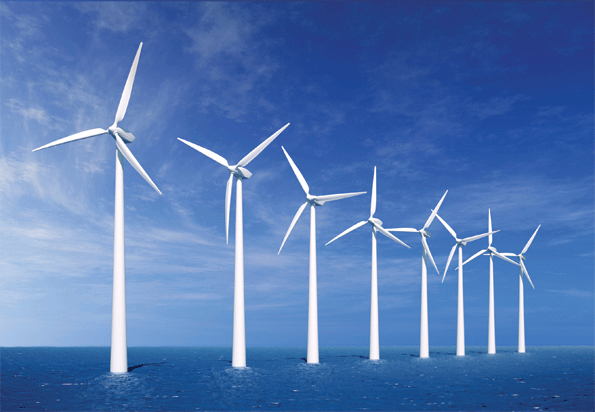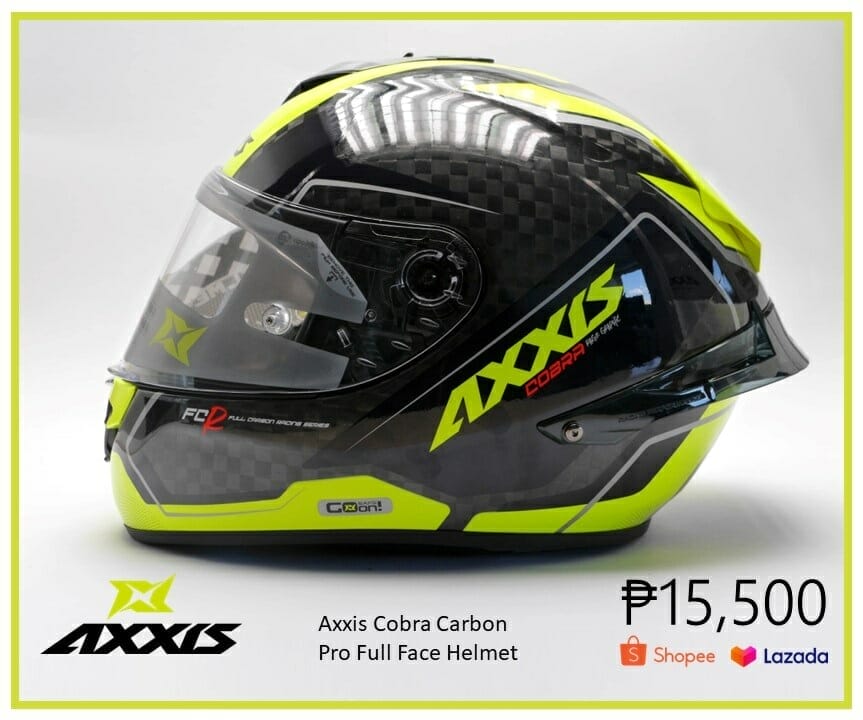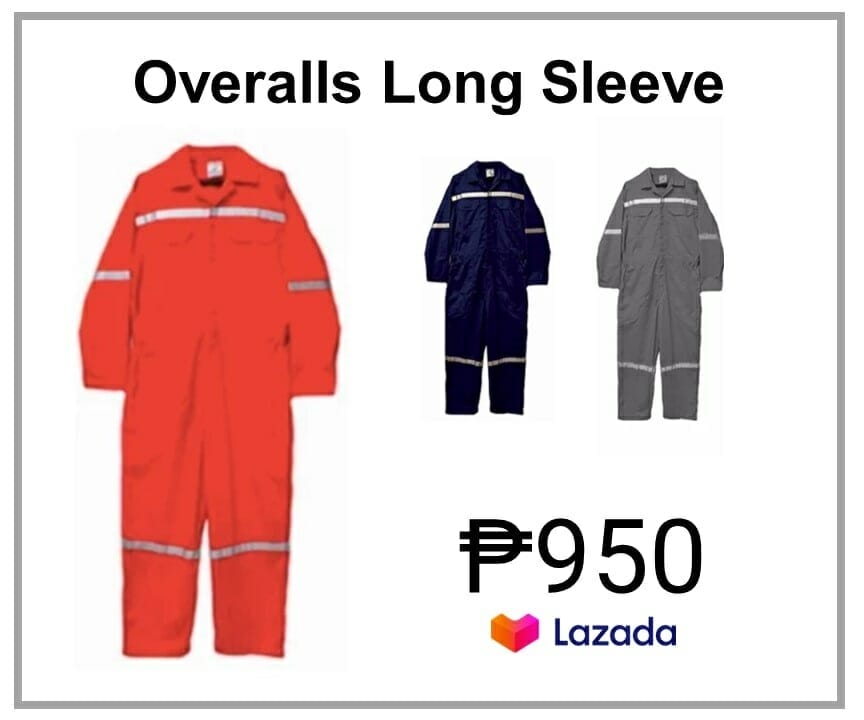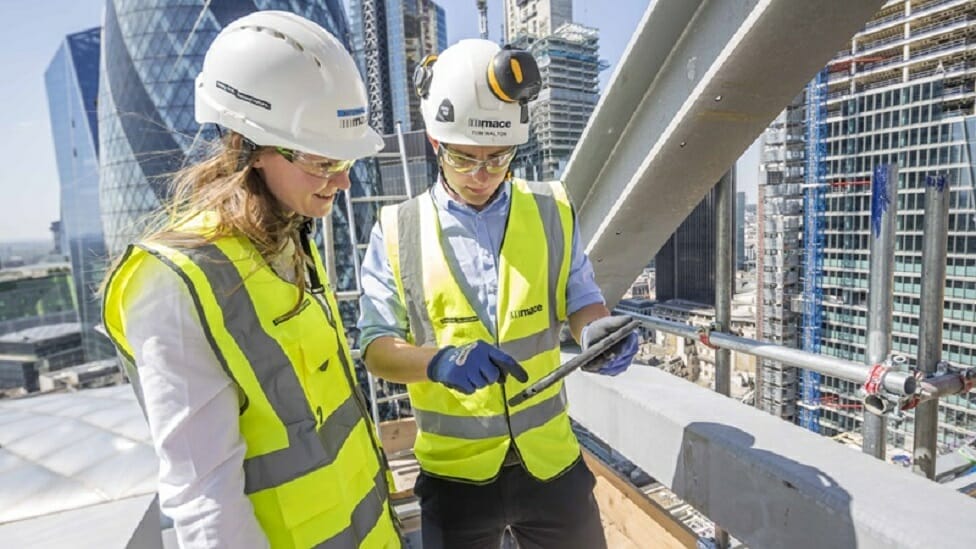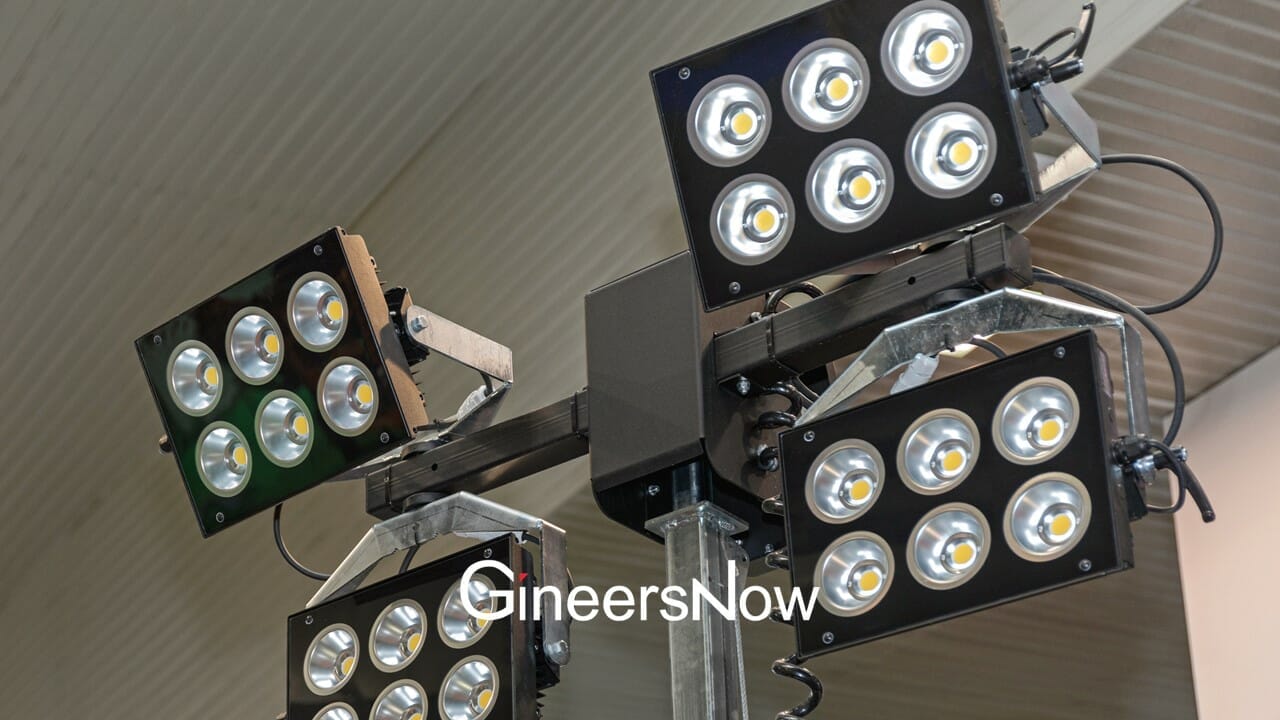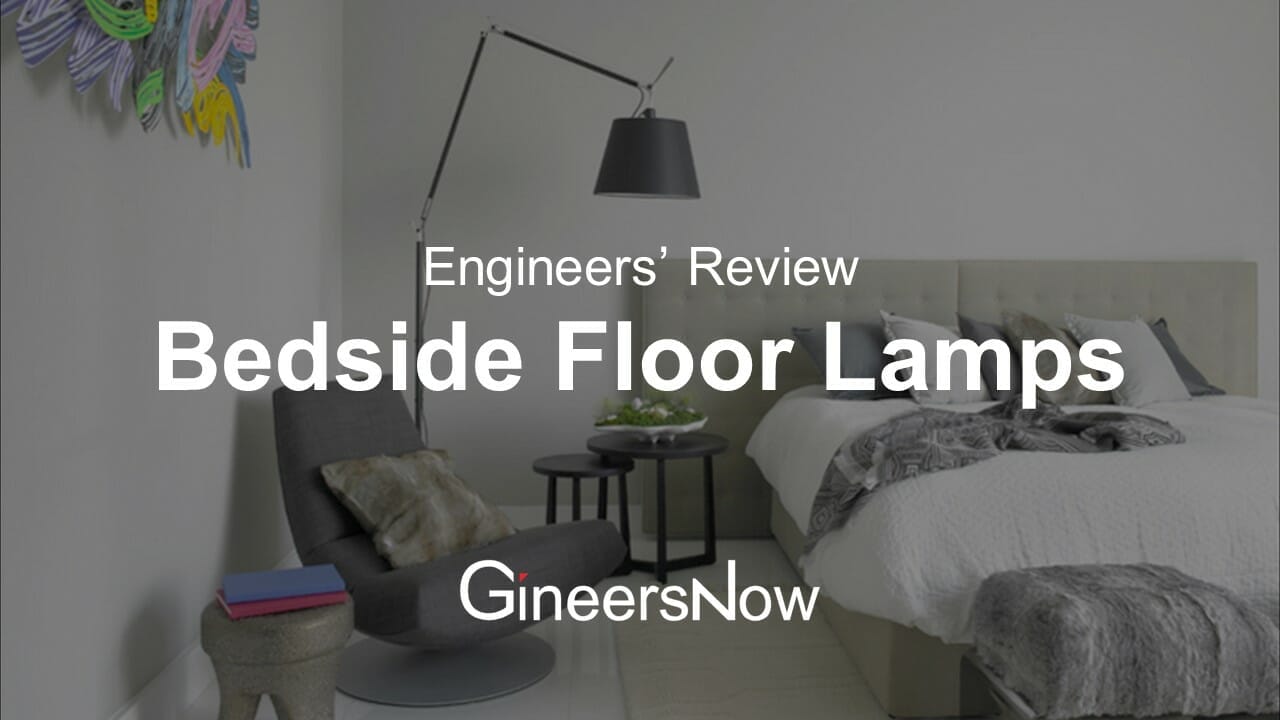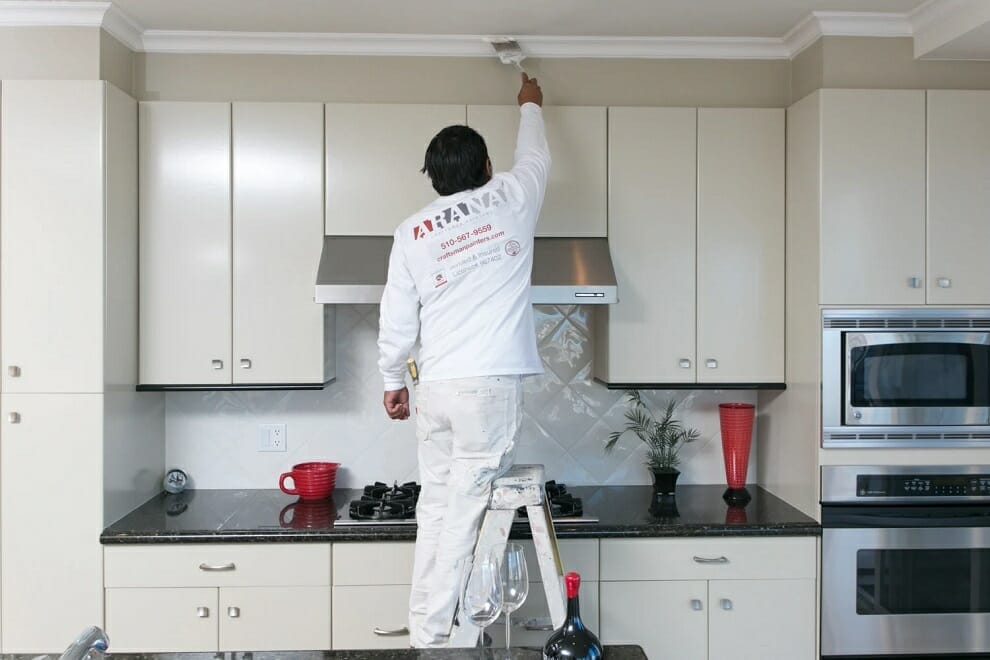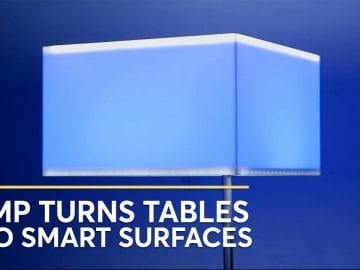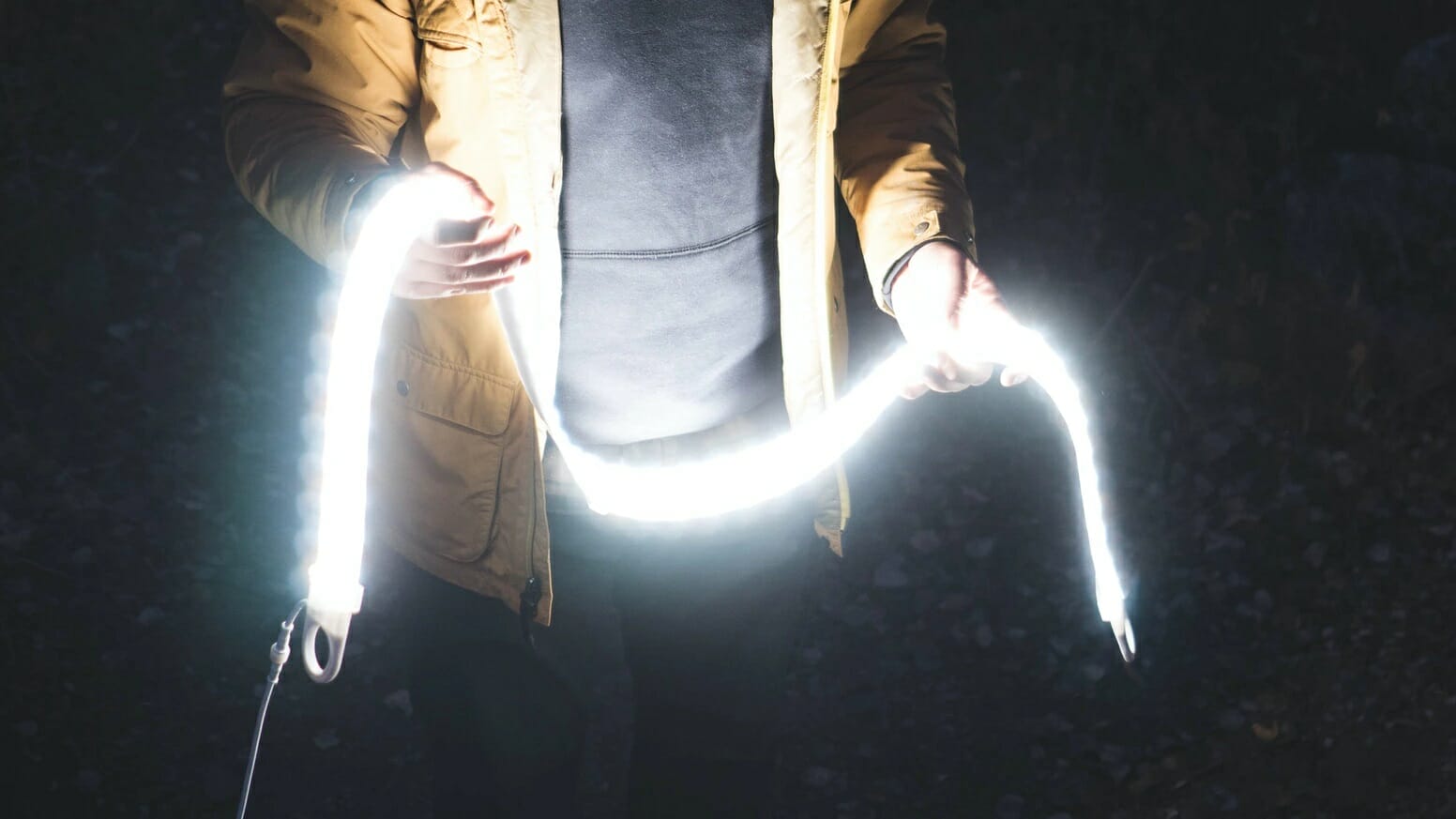Lighting for Offshore Wind Energy Applications
Offshore wind farms create a lighting challenge since they are constantly exposed to salt, wind, and water. You must specify a high-quality, heavy-duty light fixture to endure these conditions. Lighting for an offshore wind farm must consider a slew of significant considerations. These include:
Choosing Light Emitting Diodes
Lighting for offshore wind farms should prioritize LED technology over more traditional options such as high-pressure sodium (HPS) lamps.
- The Upkeep of the Lighting
An LED luminaire may last 100,000 or more operational hours without re-lamping if it has good thermal management. A heavy duty LED supplier gives you a longer lifetime and reduced life-cycle costs. It is critical to reducing maintenance interventions in these difficult-to-reach and expensive-to-reach offshore areas.
- Cost of Electricity
Offshore wind applications commonly aim to keep costs down. LEDs use less energy than incandescent bulbs, saving money on utility bills. The most significant feature of the LED luminaire is its capacity to instantly restart. When not in use, the lights may be quickly turned on and off using the instant restrike feature. Conventional lamps (such as High-Pressure Sodium) would likely be kept on 24 hours a day to prevent expensive and impractical delays during maintenance because of their long warm-up times.
- Light Quality
Light quality is much enhanced in the workplace because of LEDs’ greater color temperatures and better CRI than traditional lighting.
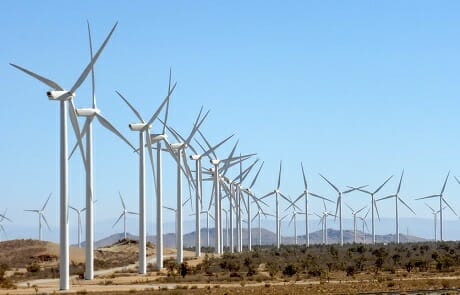
Easy Maintenance
Choosing LED lighting may assist in reducing the amount of time and money spent on upkeep. However, the manufacturer’s design of the luminaire may have a significant influence on the ease with which maintenance can be carried out. Likewise, it affects how long you keep the site in the dark.
- Facilitating Access
An LED luminaire with a detachable power supply unit (PSU), positioned independently from the central unit, can improve maintenance access in offshore wind farms, where access can be problematic.
- Minimizing Service Interruptions
Downtime is critical to the profitability of wind farms. You cannot perform certain regular maintenance operations if the illumination fails for fear of endangering the health and safety of the personnel. It may hurt the turbine’s uptime. Maintenance-friendly lighting may thus be a huge selling factor for manufacturers, developers, and investors since it increases the overall financial feasibility of the site and enables the turbine to be put back into operation as quickly as possible.
Durability
It would help to consider many environmental concerns while building offshore wind application gear. When looking at durability, consider the following:
- Sea Water (Saline Environments)
Corrosion is more likely to occur in salty environments than in freshwater. Salt water spray quickly corrodes metal. After sea water has evaporated, a small layer of salt may build up on the luminaire’s hardware, lowering the luminaire’s light output. Installations in these harsh offshore regions need luminaires that can withstand extreme temperatures and pressures.
Choose a light fixture made of marine-grade aluminum or stainless steel, as these materials are more resistant to harsh weather. A model with a smaller front gasket can minimize water intrusion into the luminaire.
- Extreme Weather & Wind Speeds
High wind speeds and weather conditions like sleet, hail, and heavy rains are typical for offshore applications. A luminaire with a high IP rating is needed to avoid water damage to the unit’s internal components. Luminaires’ mounting centers and brackets must also be strong enough to bear the additional wind loads. Otherwise, the lighting bracket may wear out and break, resulting in the device getting lost at sea. Select a luminaire with a suitable IP rating and verify the specific tests the luminaire has been subjected to.
- Sun & UV Exposure
UV (ultraviolet) radiation exposure is frequent in offshore sites exposed to the sun for lengthy periods. With an offshore wind turbine, nothing obscures the turbine from view. UV exposure may create problems for specific luminaires, depending on the materials they are manufactured from, when illumination is mounted outside, such as in the ‘jacket base.’ For example, GRP (glass-reinforced plastic) luminaires may decay and become brittle when exposed to UV for a long time, resulting in structural and maintenance concerns.
Lighting design is a crucial element of specifying lighting for an offshore wind application. Ensure you know what to look for. Your number one priority should be ensuring your money is well-spent.


